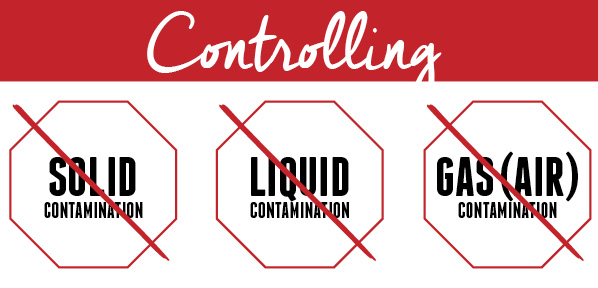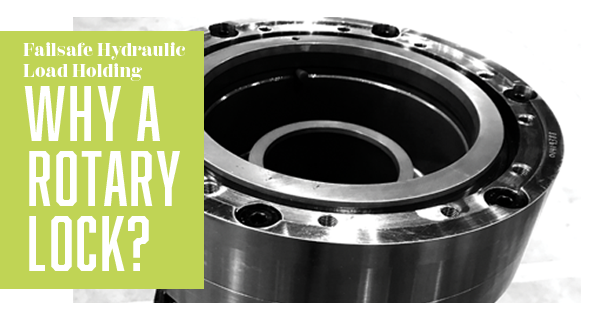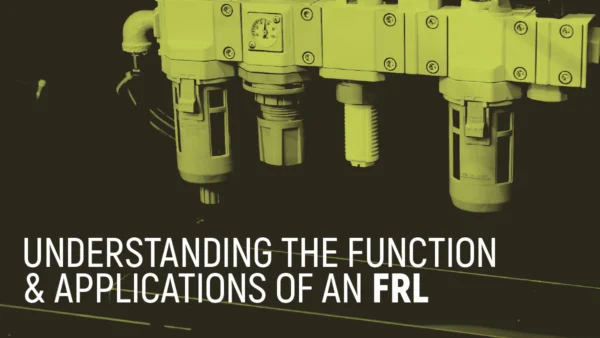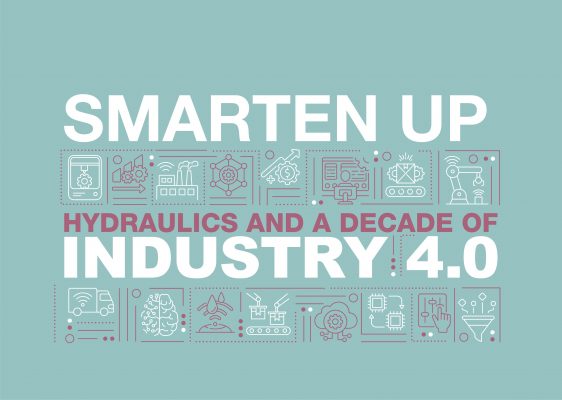Controlling Contamination in Hydraulic Equipment
By Tony Noblit, Market Development Manager, Houghton International Inc.

In today’s world, more demands are being placed on hydraulic equipment and fluid with the trends of higher operating pressure, more compact systems, and the goal of extended hydraulic replacement intervals for components and hydraulic fluids. As a result, contamination control is of the utmost importance. System contamination can come in the forms of solid, liquid, and gas contaminants.
Solid Contamination
This can come from the manufacturer of the assembly of hydraulic equipment. Built-in contamination can be from metal chips from the machining of the components, welding residue, or rubber from cutting and hose assembly. External solid contamination in the form of dust and/or dirt can come from the environment. Contamination can also be introduced externally during maintenance or by adding hydraulic fluid.
Many companies often ask: “How clean should the fluid in the hydraulic unit be?” The answer depends upon the hydraulic system itself. The recommendation is to set a target cleanliness for the hydraulic unit. Determine the hydraulic component used on the system that requires the cleanest fluid and set that as the system cleanliness target. For example, the hydraulic unit incorporates a proportional directional valve and the manufacturer of the valve recommends ISO 4406 cleanliness of 17/15/12, and it was established that the proportional directional valve requires the cleanest fluid. Therefore, set the entire system target cleanliness based on the values for the proportional directional valve.
Solid contamination can be reduced by filtration. Once the target cleanliness for the system is established, work with your filter supplier to determine the filter that will attain the desired cleanliness and the proper placement of this filter. The key now is to monitor the target cleanliness.
A reputable fluid supplier will provide hydraulic fluid analysis, including particle count. The key in particle count analysis is sampling. Be sure the fluid is representative of the fluid in the system. The best place to take a sample for analysis is from the return line ahead of the return line filter. Rinse the sample container two or three times with the fluid to be tested, and obtain a sample from the system while the system is circulating.
Liquid Contamination
The second most common type of contamination is liquid, specifically water. This can be introduced by a heat exchanger leak, contamination from water-containing fluids such as water-dilutable metal removal fluids, or simply humid air. Water in a hydraulic system can cause reduced lubrication, corrosion of hydraulic components, and increased oxidation of the oil. Water contamination in fire-resistant hydraulic fluids is extremely detrimental. Water glycol-type fire-resistant hydraulic fluids (HFC) will reduce the viscosity of the fluid when contaminated with water. Hard water contamination will react with the lubrication additive package formulated in the water glycol fluid and form a white solid material. In ester-type fluids (HFDU/HFDR) water contamination can cause hydrolysis. Hydrolysis is the chemical breakdown of a compound due to the reaction with water. This can cause the acid level of an ester to rise, which allows sludge and varnish to form and can corrode the hydraulic components.
A reputable fluid supplier will provide an analysis to determine water contamination and other fluid conditions.
Gas (Air) Contamination
Contamination in the form of gas (air) can enter the system from a seal leak on the suction side of the pump. Improperly designed reservoirs, such as a lack of a baffle or the return line ported above the fluid level can also introduce air into the system. Gaseous (air) contamination can cause foaming of the fluid and pump damage due to cavitation/aeration.
To prevent gaseous contamination, be sure pump seals are well maintained and in satisfactory condition in order to prevent the ingress of air. Be sure the reservoirs are properly configured with a baffle and the return line is ported below the fluid level. The reservoir should be properly sized to allow the fluid to rest, release air, and settle particles.
Conclusion
Limiting contamination, setting a target cleanliness for the hydraulic system, determining proper filtration and filter placement, and system fluid monitoring can lead to cost saving in many areas including:
- Longer service life of hydraulic components and fluid
- Reduced maintenance costs
- Reduced system downtime
- Increased production
Partnering with a reputable fluid supplier can go a long way toward controlling contamination in hydraulic equipment.







